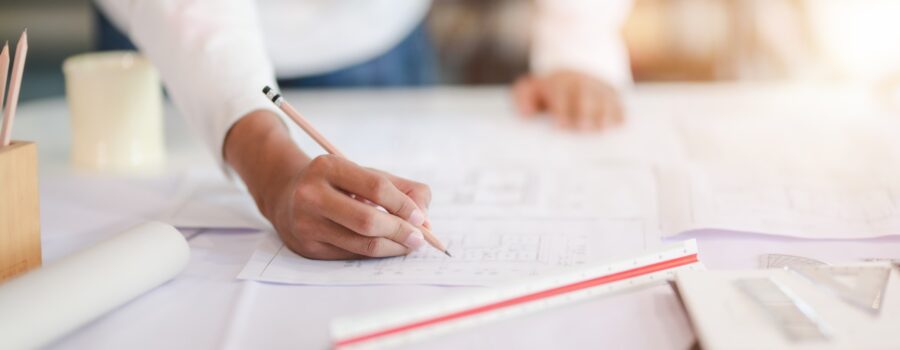
How to Draw Building Plans for a Building Permit
Constructing any kind of building requires a significant amount of preparation and planning with a trusted partner. While planning the job is important if you want to avoid making critical mistakes during the construction process, it’s also necessary in order for the building to be legal in the city of Los Angeles. Keep in mind that everything from constructing a new home to converting the use of a room will require a building plan.
A building plan is essentially a graphical representation of what the building you’re constructing will look like once construction has been completed. These plans can help you determine how much a project is going to cost, which is useful when creating an initial budget.

Before you get started on a project, you will need to apply for a building permit, which is an approval for construction that can be obtained from the Los Angeles Department of Building and Safety. In order to receive approval for your project, building plans must be provided with your building permit application. When properly created, building plans will provide the construction team with everything they require to build the property without making too many mistakes.
While the primary building plan is a site plan, additional plans such as floor plans, landscape plans, and elevation plans may also need to be provided. For smaller homes and commercial buildings, it can take around 1-2 days to draw building plans, which can extend to 3-4 days for larger buildings. Once you have submitted these plans alongside any additional documents with your building permit application, the approval process can take upwards of 2-4 weeks to be completed.
A building permit expediter can assist in this process by making sure that your building plans are up to code and by speaking with the relevant professionals at LADBS who are in charge of approval.
If you require building plans for the building permit process, this article goes into detail about how these plans are drawn and what you will need to get started.
How Do I Get Started?
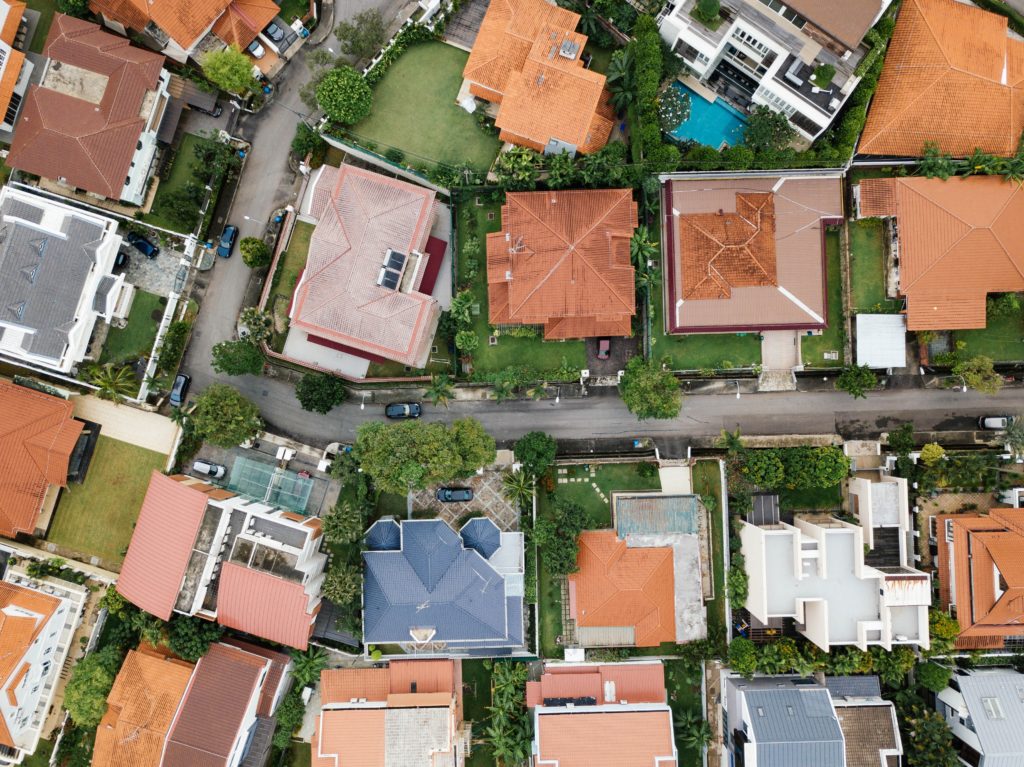
To get started with drawing building plans, consider looking at building magazines as well as different buildings on the internet. You could also drive by buildings in your neighborhood or general area. These resources can provide you with the inspiration you need to create building plans that match the appearance and design you want the building to have. Keep in mind that the site plan will need to include everything from the boundary and dimensions of the property to any stormwater drainage in the surrounding area.
Make sure that you fully understand the property lines so that you can place them correctly on the building plans that you create. Understanding these aspects of the land that you’re about to build on is essential to make sure that you don’t encroach on land that’s owned by someone else. All that’s left to do before you start drawing the building plans is to obtain the right supplies for the project.
What Supplies Will I Need?
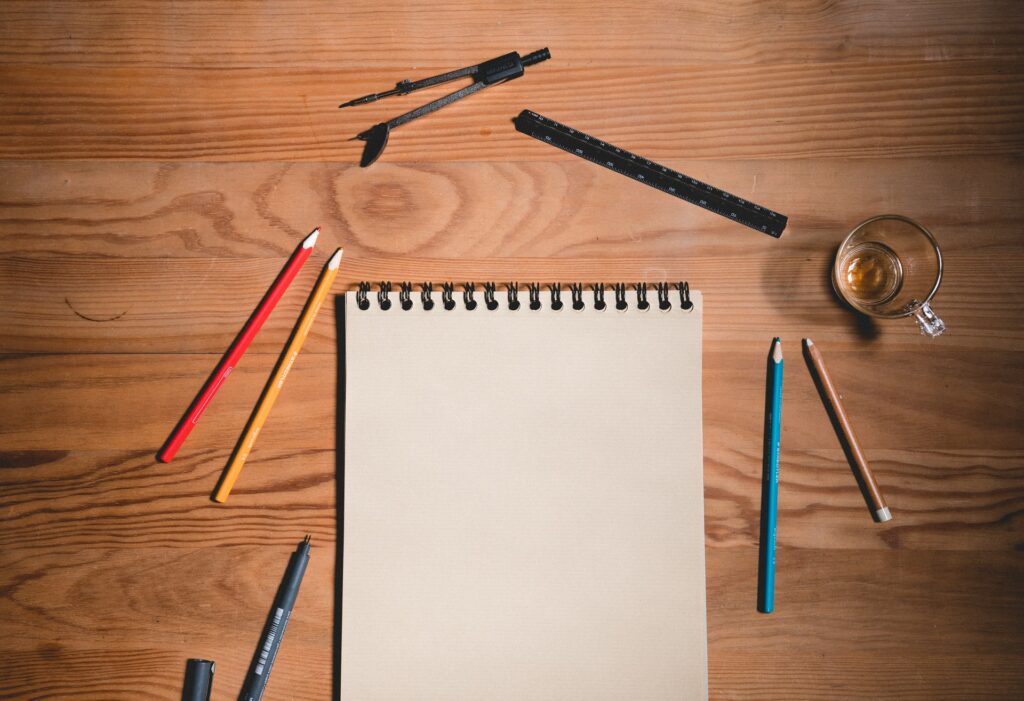
There is an extensive amount of supplies that you will need to effectively create a building plan. For instance, it’s important that you actually have some desire to draw and have enough patience to create building plans without becoming frustrated with your progress. It should also be noted that the best building plans are typically made by people who know how to use their imagination.
While it’s important that your building plans adhere to local codes, it’s also recommended that you focus on making sure that the property is aesthetically appealing. The kinds of supplies that you will require for drawing building plans depend on whether you’re drawing by hand or with a computer.
If you are drawing these plans by hand, make sure that you have such supplies as:
- Pencil
- Paper
- Durable eraser
- Calculator
- Ruler, engineering, and architectural scales
- A comfortable chair and a sturdy table

In the event that you would rather draw these plans on a computer, the supplies you should have on hand include:
- All of the tools and instruments mentioned previously for some initial hand drawings
- A computer with internet access
- Monitor
- Scanner
- Printer
When you have these supplies, you should be ready to draw the plans for any building that you’re about to construct.
Steps to Draw a Building Plan
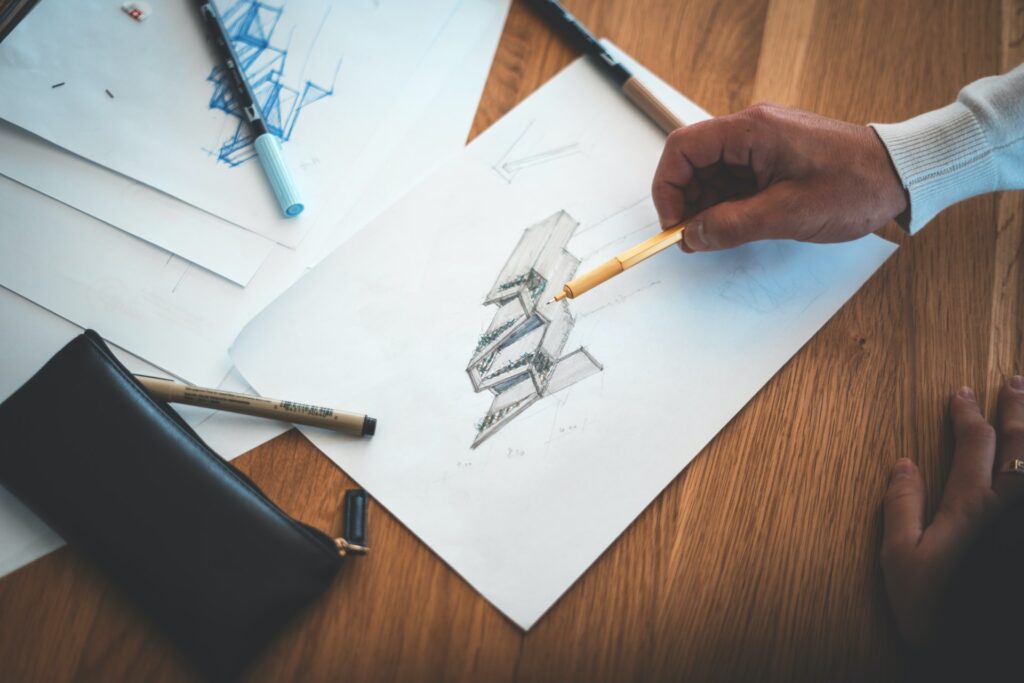
There are around seven separate steps that are required for drawing a building plan, which includes:
- Create a beginning point and proper scale for the project
- Practice altering the scale
- Create a plan of building and current property lines to scale, which should be done in an overhead view
- Add some information to the plan
- Sketch the details of the property
- Label everything
- Sketch extra pages depending on the exact type of project
1. Create a beginning point and proper scale for the project
When you begin creating these plans, make sure that you start with a beginning point before properly scaling for the project. For instance, the northwest corner of land should logically be placed in the upper left portion of the graph paper that you’re using. The structure should be outlined with an architect’s scale. The standard scale to use is 1/4-inch to 1-foot scale, which gives you the ability to place a 44×72-foot project onto 11×18-inch paper.
2. Practice altering the scale
The next step of this process involves altering the scale as needed. Practice changing the scale when you begin with your drawings. Once you reach the corner of a specific feature of the project, you can pivot the point of your pencil to change the scale.
3. Create a plan of the building and current property lines to scale, which should be done in an overhead view
You should then create a plan of the building and property lines to scale, which should be completed in a basic overhead view. Along with the outline of the structure, make sure that you include bump-out additions for porches and any other recesses on the property. Additional details like driveways, trees, and patios should be included on the plan as well.
4. Add some information to the plan
It’s at this point that you should add some basic information to the plan, which can include the property address as well as the name of the nearest street. Make sure that you denote direction for the property by adding “N” for north in the right location of the building plan. The scale that you use should also be placed somewhere on the paper. Finally, it’s important that you write down your full name as well as the current date.
5. Sketch the details of the property
Now that you’ve completed the basic outline for the building and property, it’s time to sketch some of the pertinent details of the property in question. If you plan on adding a deck, fence, or shed to the property, these additions should be sketched on the building plan. Make note of the width, depth, and height of any addition.
6. Label everything
The sixth step involves labeling every room of the property after you draw a floor plan. Along with labeling each room of the home or building, it’s important that you label every door, window, closet, appliance, counter, and bathroom fixture. The locations of carbon dioxide and smoke detectors should also be written down.
7. Sketch extra pages depending on the exact type of project
The seventh and final step involves sketching additional pages if needed for your specific project. For instance, the construction of an entirely new building will require the creation of a foundation plan. On the other hand, a home addition will require the creation of a side view that shows how the addition will be constructed. With this step-by-step guide, you should have a clear understanding of how to draw building plans that you can then use to obtain a building permit.
Characteristics of a Good Building Plan
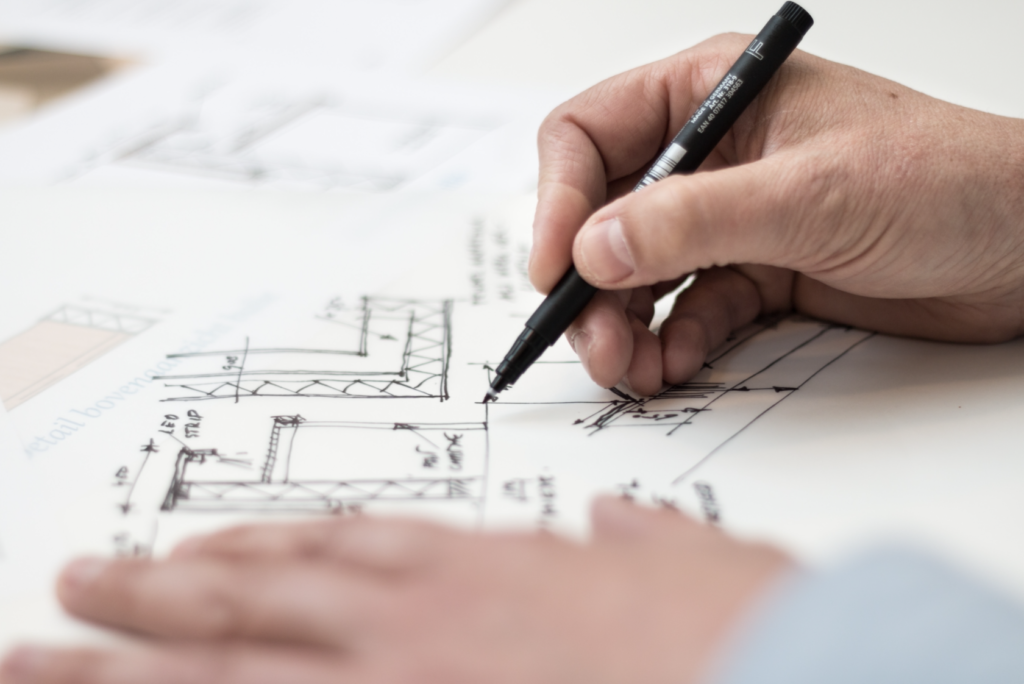
A good building plan is one that provides the construction crew with everything they need to build the property to your specification while also making sure that the LADBS has what they require to approve the project at hand.
The main characteristics of a good building plan include:
- Everything is clearly labeled
- Property boundaries are correct
- Design adheres to the specifications of the landowner
- The building is designed to be functional while also being well made
- The plans are made to the correct scale
As long as the plans that you make don’t clash with local building codes, you should be able to have these plans approved by the LADBS once you have sent in your building permit application, which should be your ultimate goal when drawing building plans. You’ll also benefit from being able to use these plans when constructing the home after approval has been granted.
What Do I Need for Building Permit Applications?

When you’re getting ready to send in a building permit application with the LADBS, there are many documents and drawings that you’ll need to provide if you want the approval process to be straightforward.
In order to apply for a building permit, you will need such plans and drawings as:
- Building plans
- Floor plans at a minimum scale of 1:100
- Structural information
- Sectional drawings
- Elevations
When you want to apply for a building permit, you can do so by going to the LADBS website. Make sure that you select the correct building permit. These applications can be downloaded and are typically only a couple pages long. Once you have filled out the application, all that’s left is to submit the application at one of the five LADBS locations. If you want to legally construct a property in Los Angeles, obtaining building permits is necessary.
What’s Next?

If you find that the approval process is taking longer than you would like, it’s highly recommended that you hire a building permit expediter. These individuals can help you expedite the approval process while taking care of any issues that occur along the way. Once you have finally received your permit, you can begin construction on the property at hand.
During construction, make sure that you stick to the plans that were approved by the LADBS. Throughout the project, you will need to obtain regular inspections that will determine if the project is progressing without issue. As long as you stick to the building plans that you drew up, you should be able to complete the construction project in a timely and efficient manner.

Jason Somers, President & Founder of Crest Real Estate
With over 15 years of professional experience in the Los Angeles luxury real estate market, Jason Somers has the background, judgement and track record to provide an unparalleled level of real estate services. His widespread knowledge helps clients identify and acquire income producing properties and value-ad development opportunities.
Learn more about Jason Somers or contact us.



